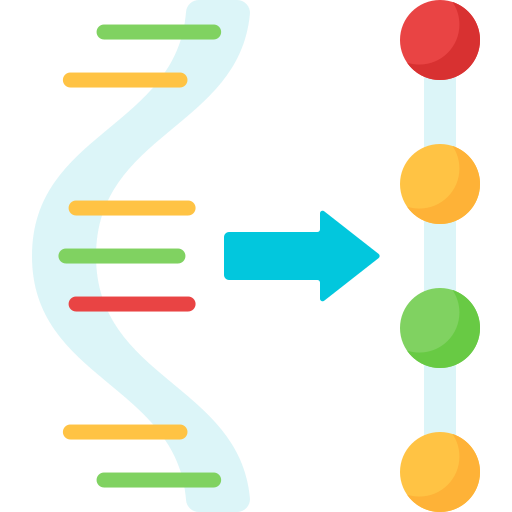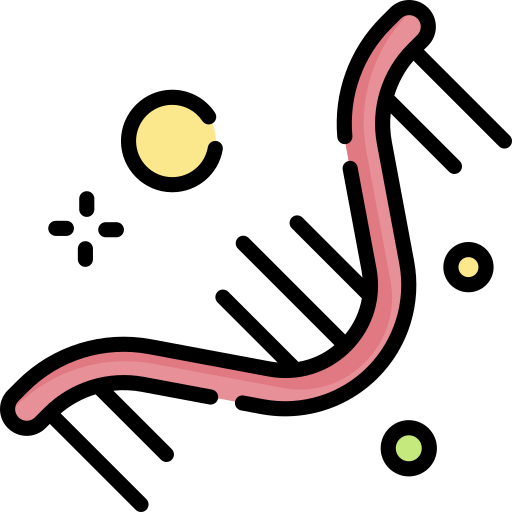
This logo isn't an ad or affiliate link. It's an organization that shares in our mission, and empowered the authors to share their insights in Byte form.
Rumie vets Bytes for compliance with our
Standards.
The organization is responsible for the completeness and reliability of the content.
Learn more
about how Rumie works with partners.
Have you ever wondered what makes our bodies function?
Proteins are the molecules behind it all. Without them, our bodies wouldn't be able to function.
Our bodies generate proteins through an amazing process known as protein synthesis, which begins with DNA, the molecules for life. DNA produces RNA through transcription, which later directs protein building in a process known as translation.
These simple diagrams and analogies will help you understand how this complex process works.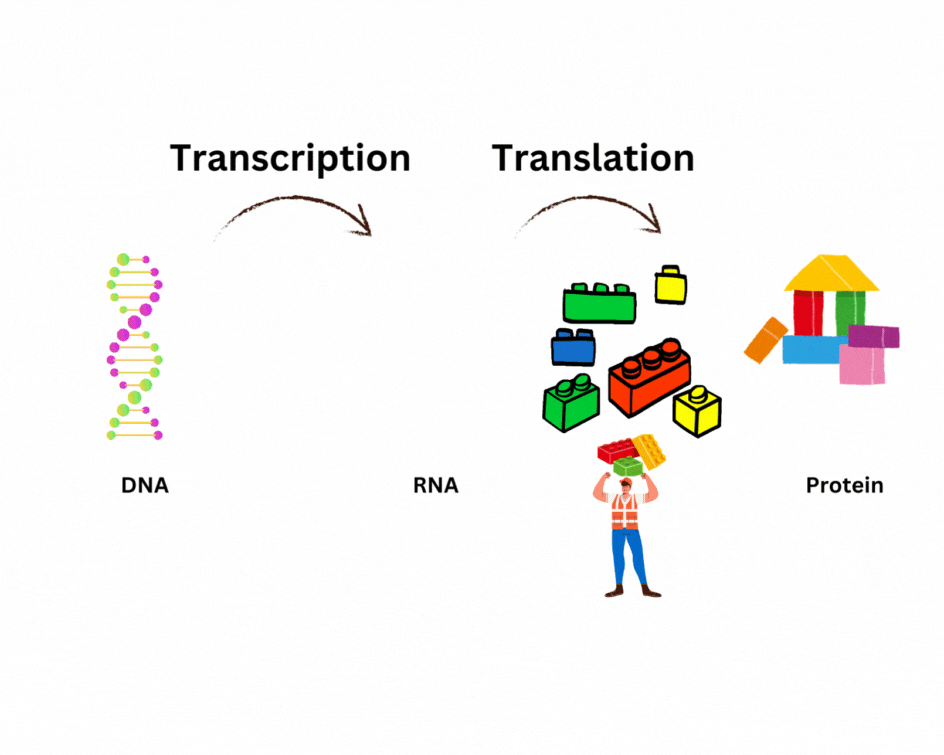
Stages and Components of Protein Synthesis
Imagine you're building a house. 🏠
You wouldn't just pile bricks on top of each other without a plan. The key step to a construction process is to plan your building. Your body needs a plan, too. That's where protein synthesis comes into play, and it starts with DNA.
While proteins are important, it's the DNA that provides your body with the blueprint for making proteins. Here's a simpler breakdown of stages in protein synthesis.
Stage 1: Transcription
The stage where DNA is converted to its RNA copy: DNA ➡️ RNA
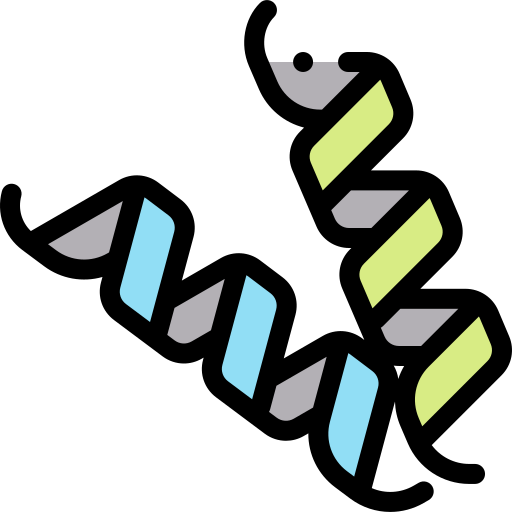
Stage 2: Translation
The stage where RNA is converted to a protein: RNA ➡️ Protein
Components
Blueprint: The DNA is like the architect holding the master blueprint with instructions to build a protein. 🗞️
Working copy: Messenger RNA (mRNA) is the working copy of instructions made from the DNA. 📃
Construction site: The proteins are built at sites called ribosomes in the cytoplasm. 🚧
Materials and workers: The materials are amino acids, and the workers are transfer RNA (tRNA).👷♂️
Become Familiar with Vocabulary

DNA: Deoxyribose Nucleic Acid
Double-stranded molecule
The genetic material passed on to you from your parents

mRNA: Messenger Ribo Nucleic Acid
Single-stranded molecule
Type of RNA made from DNA which acts like a messenger to carry instructions
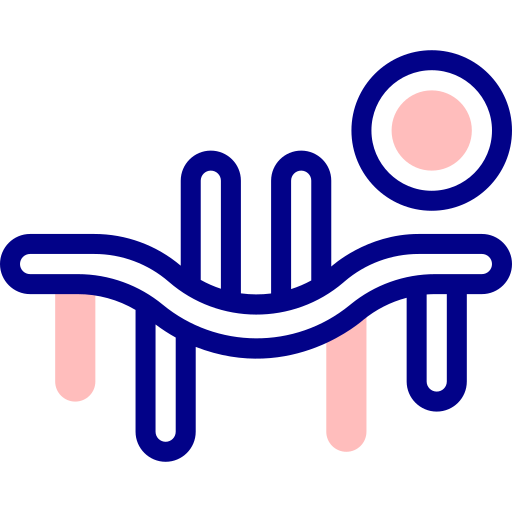
tRNA: Transfer RNA
Type of RNA that carries amino acids to ribosomes
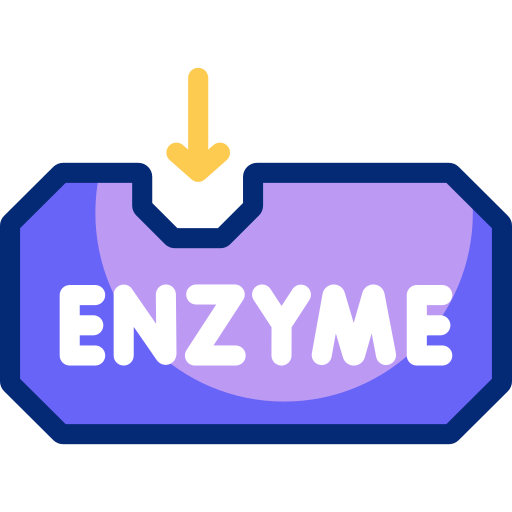
RNA Polymerase
An enzyme responsible for copying DNA into RNA

Polypeptide
The long chain of amino acids
A chain of the building blocks of proteins
Transcription: Generating a workable copy of DNA blueprint
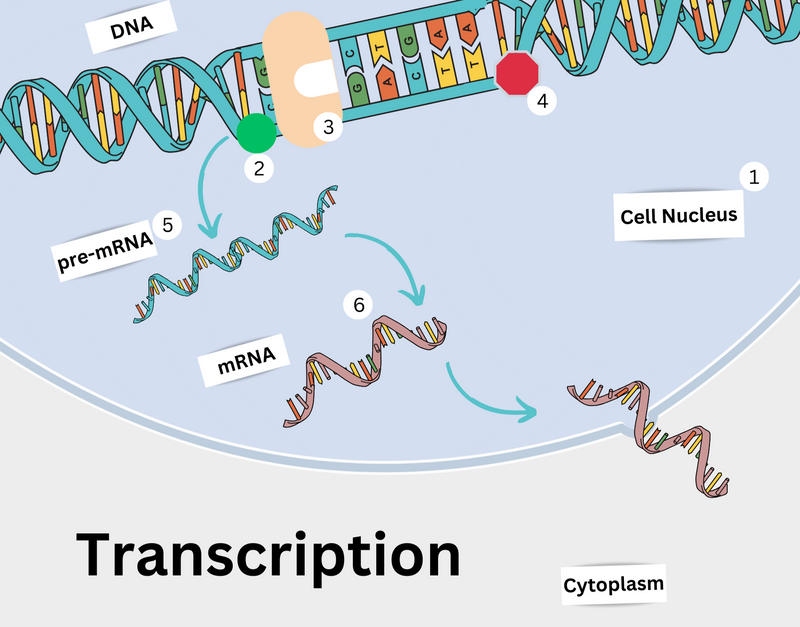 Created by the author using Canva
Created by the author using Canva
Now your body is in the pre-construction process — planning to build the protein.
Transcription is the process of creating RNA copies of the DNA information. Here is a simple breakdown:
Site 🚧
The nucleus of the cell is the site where the workable copy of the blueprint is created.
Starting point 🟢
Every gene has a starting point on DNA called a promoter, where the enzyme RNA polymerase attaches and separates the strand.
Copying the blueprint 📸
The enzyme RNA polymerase functions as a copier, creating an RNA strand using DNA as a template.
Endpoint 🛑
The enzyme continues this process until it reaches a region called the terminator.
Copy of the plan 📃
The first RNA copy, called pre-mRNA, is created.
Workable copy 📰
The copy of the building plan, the pre-mRNA is modified to a workable copy, the mature mRNA.
Translation: Building the Protein
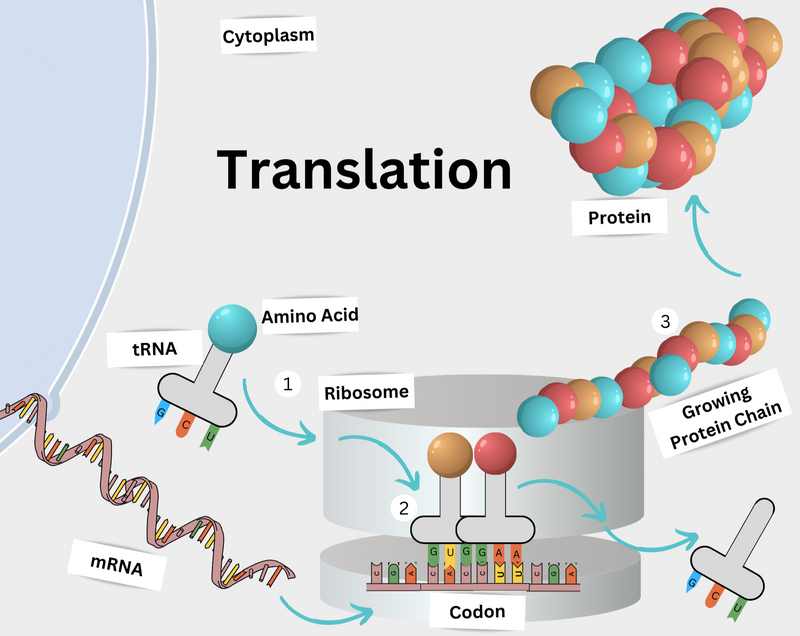 Created by the author using Canva
Created by the author using Canva
Now you're in the actual construction process — building your protein house.
Preparing the site. 🏗️
Ribosomes assemble on the mRNA molecule.
Reading the blueprint. 📖
Transfer RNA (tRNA) reads the information encoded in mRNA. tRNA molecules operate as adaptors. One end can read mRNA and the other end connects to a specific amino acid.
Building the house. 🏠
Each tRNA transports an amino acid to its matching mRNA codon. The amino acids get added one by one to form a long string known as a polypeptide. This process continues until the STOP codons appear.
Did you know?
DNA is made up of bases, such as Adenine (A), Thymine (T), Cytosine (C) and Guanine (G). In RNA, a base called uracil (U) replaces thymine (T).
The three STOP codons UAA, UAG, and UGA signal the end of protein synthesis.
A Cooking Recipe Analogy for Protein Synthesis
Now let's try one more analogy.👇
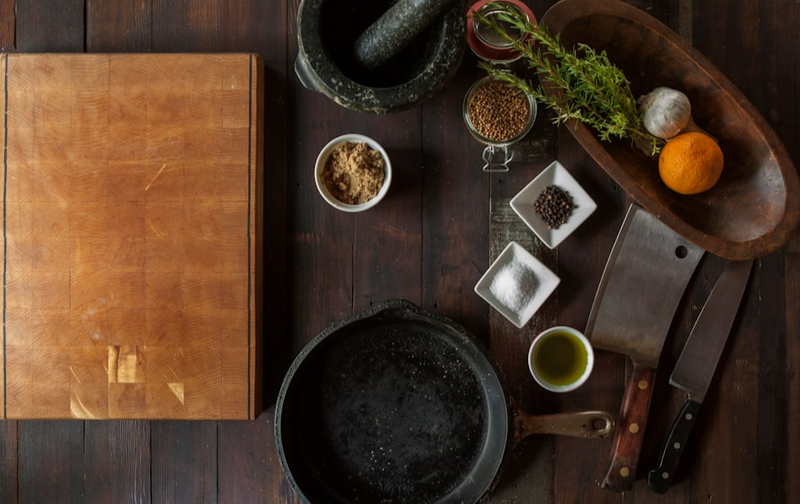 How about comparing protein synthesis to a cooking recipe? Let's see if you could relate to the following steps:
How about comparing protein synthesis to a cooking recipe? Let's see if you could relate to the following steps:
DNA: the cookbook contains all of the protein-making recipes. 📔
Transcription: copying the recipe. 📇
The step involves copying down a recipe from a cookbook, similar to creating an mRNA copy from DNA. mRNA is a working copy similar to a recipe card taken to the kitchen. 📰
Translation: cooking the dish. 👩🍳
The ribosome is the chef who reads the mRNA recipe. tRNA, the cook's helpers, carry the ingredients, which are amino acids to the ribosomes.👨🍳
Ribosomes build amino acids into polypeptide chains, which form the finished dish, protein 🍪
Quiz
Nancy's friend has a book full of various recipes. She wants to use one specific recipe but can't take the book home. So, she decides to copy down the recipe she needs. Considering this as an analogy for protein synthesis, which step is Nancy in?
Nancy is in the transcription step of protein synthesis. Transcription is the process where the information in DNA (the book) is copied into mRNA (the recipe she writes down). This allows the information to be used elsewhere, similar to how Nancy copies the recipe to use it at home.
Take Action
 To better understand protein synthesis, follow the steps below:
To better understand protein synthesis, follow the steps below:
This Byte has been authored by
Neeba Wilson
Scientific writer
Masters
